Cost effective rationing fuels feed efficiency
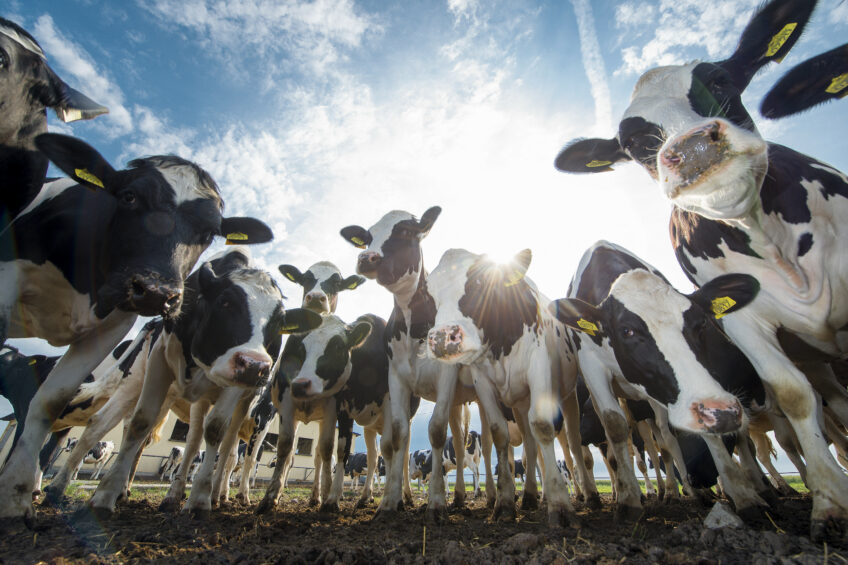
Income over feed cost (IOFC) is a valuable benchmark for dairy producers to track improvements. Comparisons of this figure, per cow or per litre, are a good indication of herd efficiency and for setting targets year-on-year.
However, on many units, IOFC is vulnerable and it fluctuates with forage quality and availability. We also see it fail where producers opt for a lower spec diet to cushion falling milk prices or increasing feed prices.
More volatility in milk prices expected
Key milk producing countries have been warned to expect more volatility in milk prices. Figure 1 shows the peaks and troughs in milk prices and feed price in the past 10 years. And market pundits say there is more of this to come. Producers must learn to manage the effects of this volatile market place, by taking advantage of favourable prices and making improvements so they are better able to weather the leaner times.
Figure 1 – Peaks and troughs in milk prices and feed price in the past 10 years.

Reacting to lower milk prices by cutting feed costs can have an immediate effect on milk production. Although the feed bill might be lower, this short term gain in cash flow can have longer term negative implications.
Importance of early lactation nutrition
9 different independent trials, carried out between 1980 and 2013 and shown in Figure 2, illustrate the carryover effect – or persistency – of a lower spec diet in early lactation. Even when the diet was improved, milk yields did not recover for some time. These results confirm that the level of nutrition in early lactation has a major impact on subsequent production. Milk yields could be reduced from 3 to 12 weeks where cows were fed a lower spec diet in early lactation, even where their diet was improved. The longer the feed restriction, the longer the carryover effect was felt.
An initial reduction of 3 litres per cow per day from feeding cows a lower spec diet would persist into the lactation, even after the diet was improved. Yields would still be expected to be 1.8 litres a day less at 4 weeks (60% less than normal) after the restriction was ended, and 1.65 litres per day after 10 weeks. The prolonged lower milk yields resulting from a lower spec diet – even for a short period – is likely to have a negative effect on IOFC and that overall farm income – even with lower feed costs – will drop.
Figure 2 – Magnitude and carryover effect of low spec diets on milk yield calculated as a % of the immediate effect on milk yield x carry over effect.

Economic benefits
Improved milk prices is a time when producers should see an improvement in IOFC and provide the opportunity to restore the farm’s business position. If the business can generate savings, to help them through the tighter times.
Minimising the fluctuation in IOFC requires a different mindset for many producers. The benefits, in production, cow health and fertility, of improved diets will often outweigh any extra costs and will boost IOFC; the benefits can be long-term.

Precision rationing
New technology and the development of precise on farm rationing systems can help producers protect and improve IOFC. The diet must be able to meet the cow’s requirements as precisely as possible – no more, no less. This relies on knowing exactly how the rumen bacteria will ferment the feed ingredients, and how the nutrients will then be absorbed and utilised by the animal.
This advanced knowledge is central to Cargill’s DairyMax rationing model that uses the latest nutritional information, either from published research data or from Cargill Animal Nutrition research centres, to continuously refine the animal’s requirements at the most precise nutrient level possible.
Accurate diet formulation
An example of the tool ‘in action’ is its ability to meet the cow’s requirements for selected limiting amino acids required for milk production, and not on nutrients such as crude protein, rumen degradable protein or rumen undegradable protein. This allows for more accurate diet formulation with lower crude protein percentage. With this comes benefits for the cow, the producer and the environment.
Monitoring IOFC is an integral part of feed efficiency on dairy units today. Cutting costs and reducing yields within the same management regime will not see farm efficiency move forward and cuts in feed spec and production levels can have lasting effects.
Taking advantage of precise rationing tools and adding value to the ration to improve its nutritional value can lead to an improvement in IOFC, even if this increases the ration cost marginally. The overall benefit is an improvement in farm efficiency. This leads to a dairy business that is better able to generate savings and take advantage of improved milk prices.
Author: Sylvie Andrieu, ruminant technology manager, EMEA, Cargill
Join 13,000+ subscribers
Subscribe to our newsletter to stay updated about all the need-to-know content in the dairy sector, two times a week.
 Beheer
Beheer
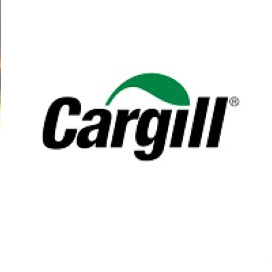
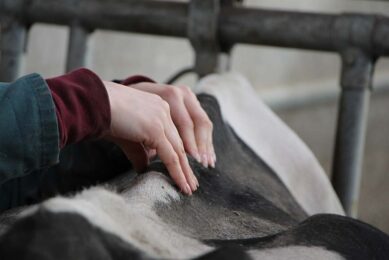

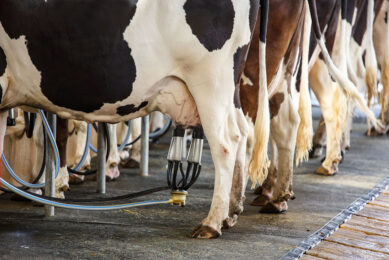
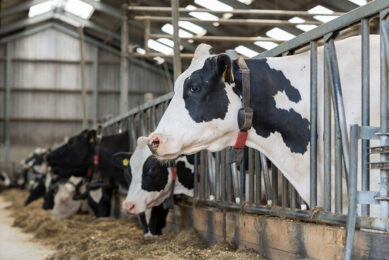





 WP Admin
WP Admin  Bewerk bericht
Bewerk bericht